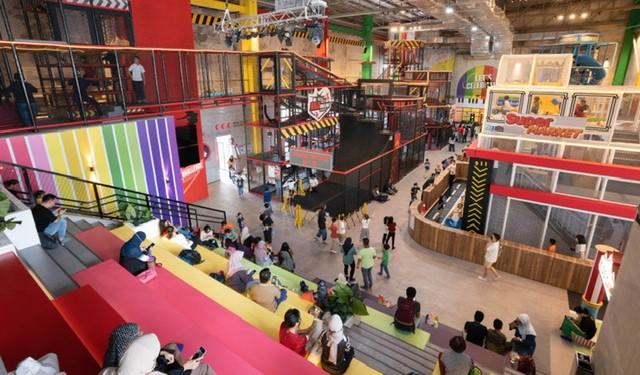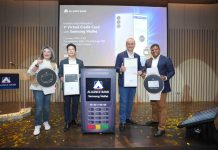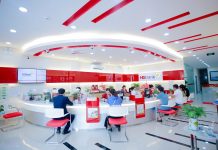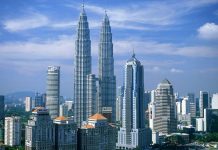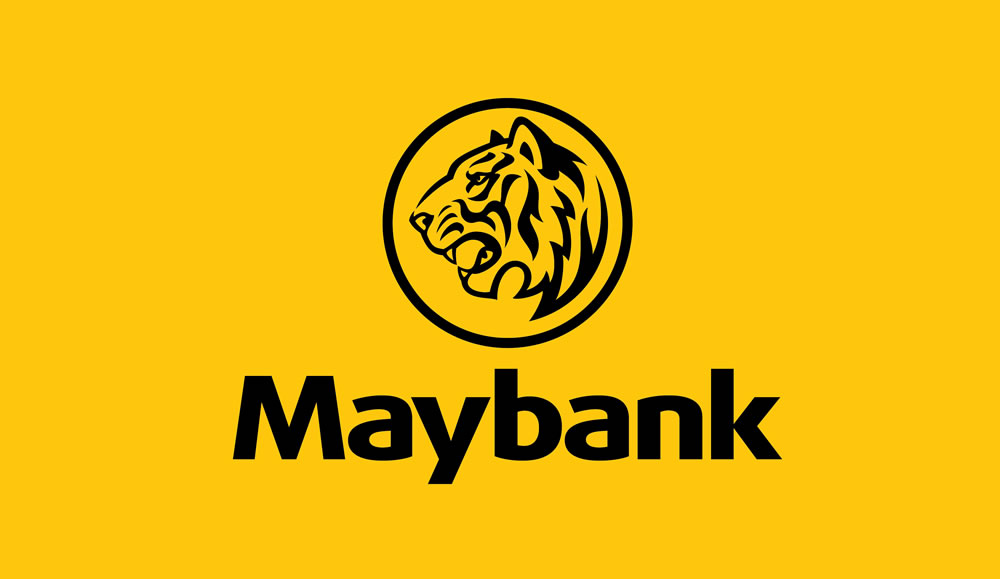By Leroy Lee
Shopping malls are almost synonymous with a favourite pastime for many Malaysians, so much so that there are a staggering 1,000+ shopping complexes across the country. While the exponential growth in shopping malls has brought retail to many more communities, it has also resulted in an oversupply of space and a fiercely competitive mall landscape.
On top of that, the retail apocalypse has intensified the competition and widened the gap between malls, leaving some struggling to keep up with the times and remain relevant alongside their fast-paced peers.
Many malls share the same franchises and stores, making it difficult to attract customers with the promise of retail therapy alone. Additionally, with the rise of e-commerce, brick-and-mortar retailers can no longer rely on the mall solely as a shopping destination to bring in the foot traffic they need.
It isn’t an exaggeration to say that some mall owners and managers are on the brink of a daunting existential crisis: how else can they redefine malls to cater to the modern urban consumer?
Turning the tides
Beyond seasonal sales or promotional tie-ups (or maybe the cinema), the first thing that comes to mind when mall experiences are mentioned is likely to be retail events.
This could range from weekend bazaars and pop-ups to the occasional meet-and-greet or centre court event.
While effective in boosting foot traffic at shorter intervals, these strategies are either temporary (think a weekend or a festive season) or still largely revolve around shopping as a central draw. Pop-ups, for example, may offer visitors access to a wider variety of sellers and goods but still rely heavily on the concept of retail.
However, in the long run, it’s no longer enough for malls to be shopping malls. They need to transform into an experience ecosystem, where retail meets social and entertainment.
To truly vie for consumer attention in a landscape saturated with malls just like theirs, mall developers need to pivot to include experience as a key element of the mall’s design. They need to transform into mixed-use spaces that offer versatility — a collection of different kinds of activities that are typically not available in a single place or online.
That’s what first sparked my idea of incorporating theme parks in urban malls. Theme parks will undoubtedly come with central attractions — an adult-sized playground, roller coaster, Ferris wheel, water park, the list goes on.
At this scale, these are permanent additions that will draw visitors to the mall over extended periods and keep them returning for more, especially with different social groups like friends and family.
Not only does this increase foot traffic, it also provides a unique opportunity for retailers to take advantage of the blurred lines between retail and entertainment.
The longer visitors spend within the mall to experience the full range of activities, the more likely they are to make purchases along the way. After all, days out in malls are often accompanied by a small shopping trip and at least a meal or two.
But it’s not just simply about adding a ‘permanent’ theme park solution — the layout and design of the mall itself should also be considered. Instead of the monotonous line of shops, malls can incorporate central attractions that are strategically placed throughout the space.
For instance, a mall could feature a theme park that draws visitors to a central location, similar to what NEXTGEN has done.
This might be stepping into the boundaries of mall science, but the diversification of space between retail and experiential entertainment is a great way to snag their attention between activities.
With this, malls can more easily reposition themselves as lifestyle centres that offer something for everyone, catering to a consumer’s desire for a well-rounded experience at malls.
It’s important to note that incorporating a theme park attraction is not a one-size-fits-all solution. The specific attraction should be tailored to the local community and their interests.
A mall located in a family-friendly neighbourhood could feature a playground or a kid-friendly ride, while a mall located near a university could offer a thrill ride or an escape room.
With a well-designed and well-executed theme park attraction, I believe malls can offer a permanent solution to the challenge of attracting foot traffic, and set themselves apart from other malls that only offer temporary solutions.
What’s next?
Malls have an important role to play in the evolving retail landscape, but they will need to adapt and prioritise experiences per square foot to stay relevant.
Mall developers can leverage data or even “beta-testing” with pop-up carnivals or mini theme parks to identify the demographic they can target and attract. This information will help shape their mall marketing strategy and the kind of long-term experiences they want to incorporate into the mall’s identity.
In the new era of retail, everything in the mall ecosystem is interconnected. Entertainment and retail are no longer separate entities; in fact, retailtainment is here to stay. If mall developers can find a way to blend the two seamlessly, they can create a vibrant, dynamic lifestyle hub that ultimately keeps retailers and visitors coming through the door.
Leroy Lee is the founder of NEXTGEN Theme Park














